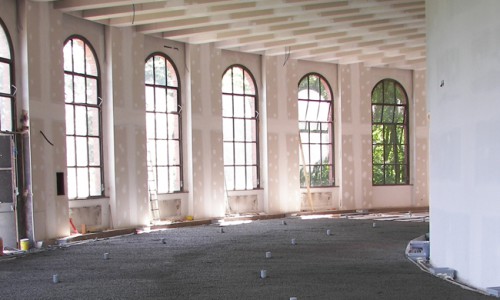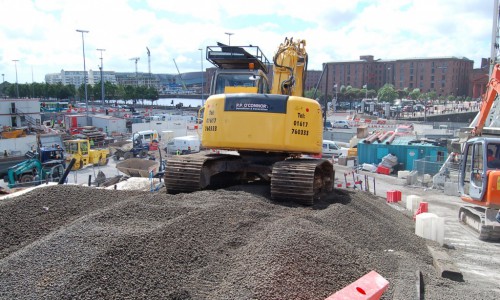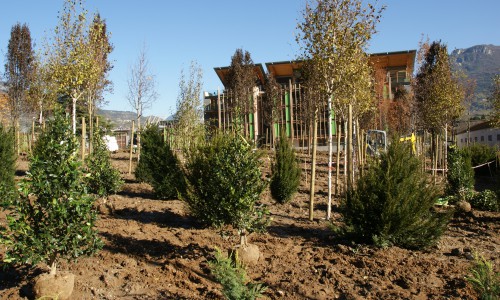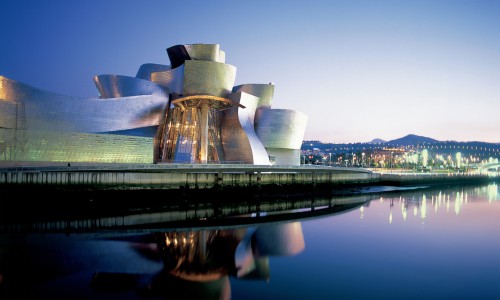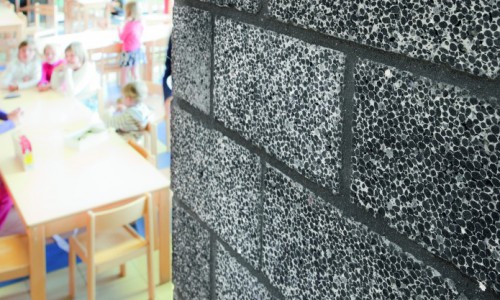Expanded clay was removed during roof renovations of a commercial building in Helsinki, and then used, after further processing, as roof soil for green roofs.
“In roof renovations, the old roof is dismantled and a layer of expanded clay, on average 400 mm thick and acting as heat insulation, is removed and delivered as a raw material for use in roof soil. A vapour barrier is installed onto hollow-core slabs, as well as expanded clay and 250 mm mineral wool. Expanded clay ensures adequate ventilation of the roof and it is convenient to carry out inclinations leading to roof drains,” says Lasse Ruuskanen from Eristysmestarit Oy, supervisor for the renovation of a commercial building located in Herttoniemi, Helsinki. expanded clay is removed from the roof and transported away by Anpe Oy.
Of recycled expanded clay, about 80 percent is used for geotechnical uses and 20 percent for other uses. For example, the processing value of expanded clay and soil in the manufacturing of roof soil for special use will rise with no generation of waste,” says Hannu Pesola, ANPE Oy’s managing director.
Pesola reminds us that expanded clay’s combined good properties, namely light weight, compressive strength and good thermal insulation properties are retained, even when the product is re-used.
“By taking advantage of expanded clay removed from roofs in geotechnical or other applications, one can reduce the need for new light aggregates in such applications, whereupon the capacity of a lightweight aggregate plant will improve and materials and the environment will be saved”.


